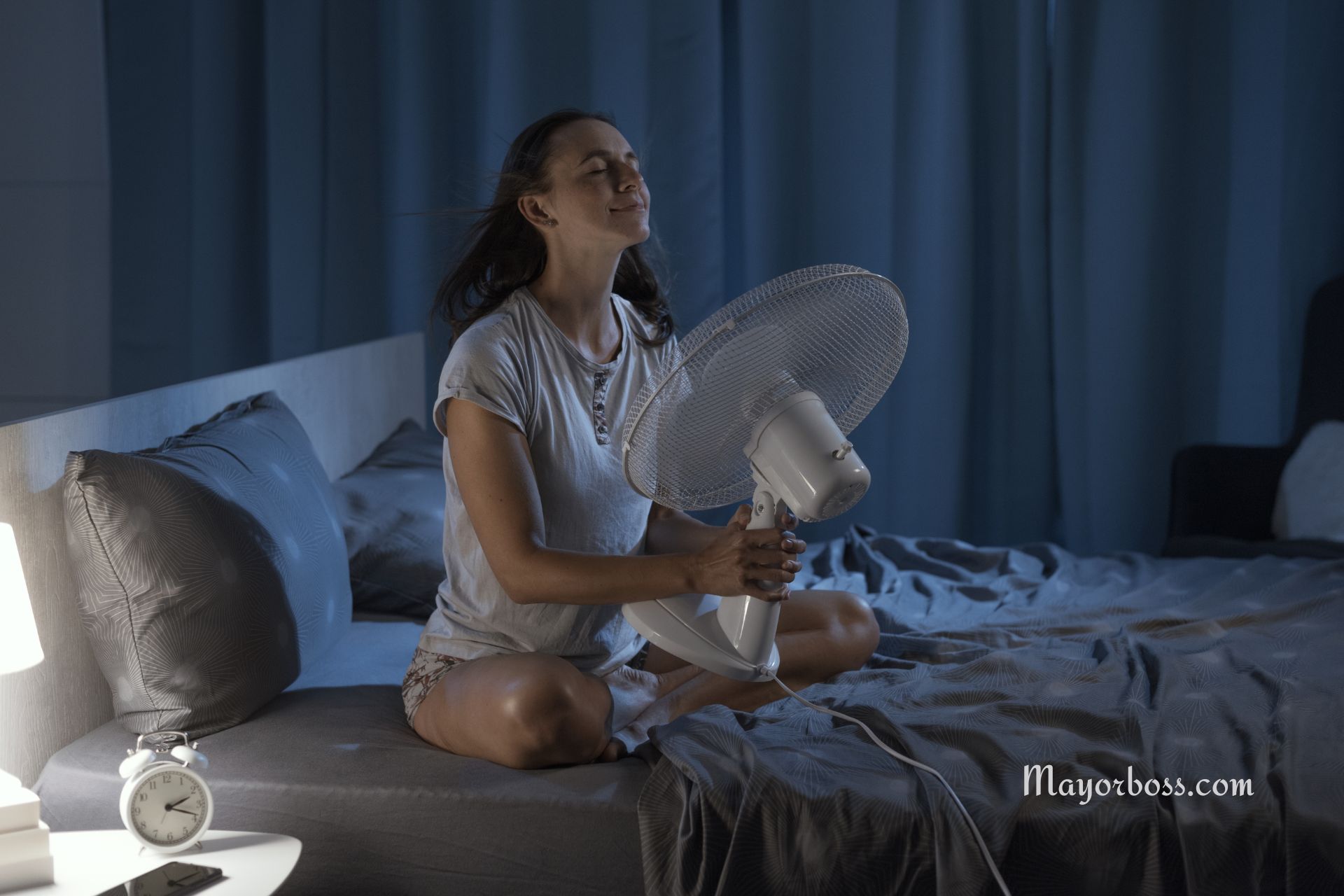4 Common Mistakes That Make Your Fan Useless
Have you ever turned on a fan expecting a nice, cool breeze, only to find it barely makes a difference? That’s right, it can be seriously frustrating. But here’s the kicker: sometimes, the fan isn’t the problem—it’s how we’re using it. So, let’s talk about four common mistakes that can make your fan about as useful as a chocolate teapot.

1. Putting Your Fan in the Wrong Spot
First things first—placement is crucial. If you’ve ever just shoved your fan in a corner or against a wall and hoped for the best, you might want to rethink that strategy. Fans work best when they have space to pull in and circulate air effectively. When you tuck it away, you’re limiting its ability to do its job. Instead, try placing your fan where it can pull cooler air from outside or from an air-conditioned room, and let it work its magic. Ideally, aim to create a cross breeze by positioning it opposite an open window. This setup pulls fresh air in and pushes stale air out, making your space feel breezier.
2. Ignoring the Rotation and Tilt Settings
Now, here’s something a lot of folks overlook—the settings on your fan that control rotation and tilt. Yes, it’s true! These aren’t just there for decoration. During summer, make sure your ceiling fan rotates counterclockwise. This pushes the cool air down where you can actually feel it. For stand fans, adjusting the tilt can direct the airflow exactly where you need it—whether that’s over your bed for a cool night’s sleep or down on the floor to disrupt that pesky layer of heat that likes to settle there. Play around with these settings; you’ll be surprised at how much more effective your fan can be.
3. Not Cleaning It Regularly
Here’s the deal: a dirty fan is practically a no-go. You know how your fan accumulates dust and debris? Well, not only does this make it less efficient, but it also means you’re just circulating dirty air around your room. Honestly, that’s not good for anyone! Make it a habit to clean your fan blades and the protective cage regularly. A clean fan moves air more efficiently and keeps your room feeling fresher. Plus, it’s better for your health—especially if you suffer from allergies.
4. Leaving the Fan on Overnight
Leaving your fan on all night might sound like a great idea during those hot summer evenings, but it can sometimes do more harm than good. Sure, it helps keep the air moving, but it also might contribute to problems like dry skin, throat, and eyes due to constant air movement, especially in already dry environments. Additionally, constantly running your fan can lead to unnecessary wear and tear, shortening its lifespan. If you need to use it overnight, consider using a timer or setting it on a low speed to minimize these effects.
Frequently Asked Questions
1. Can a fan cool a room?
Nope, a fan doesn’t cool a room per se—it just moves air around. This can make you feel cooler because of the wind chill effect on your skin, but it doesn’t actually reduce the room temperature.
2. Is it better to have a fan blowing in or out?
It depends on the situation. Blowing out during the day can help push hot air out, and reversing this at night can pull cooler air in. Experiment with both settings to see what works best for your space.
3. How often should I clean my fan?
At least once every season, or more frequently if you notice it’s getting dusty. Keeping your fan clean ensures it works efficiently and keeps the air in your room cleaner.
